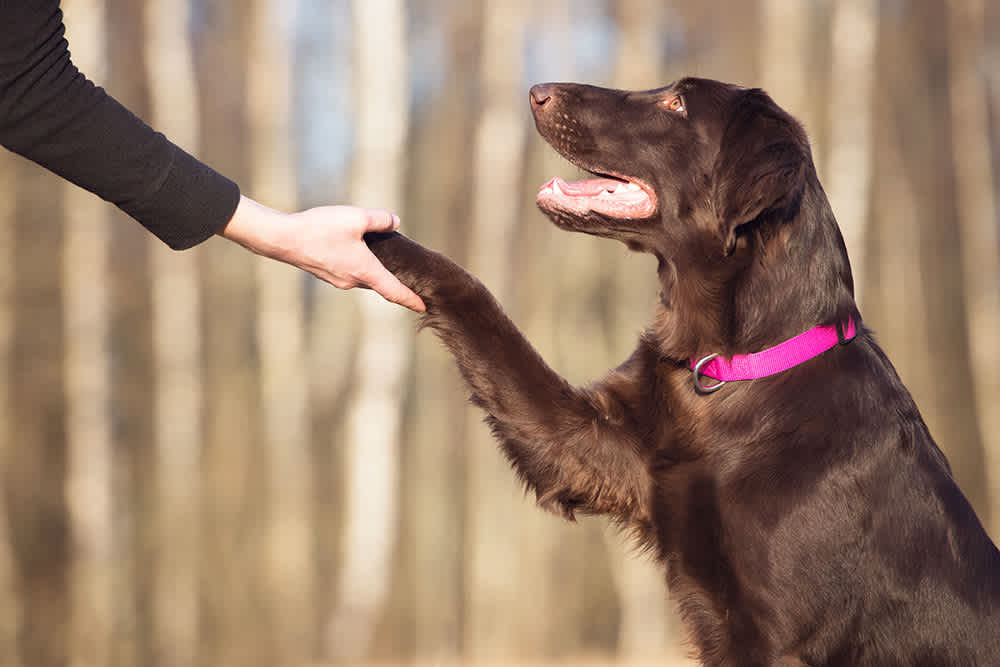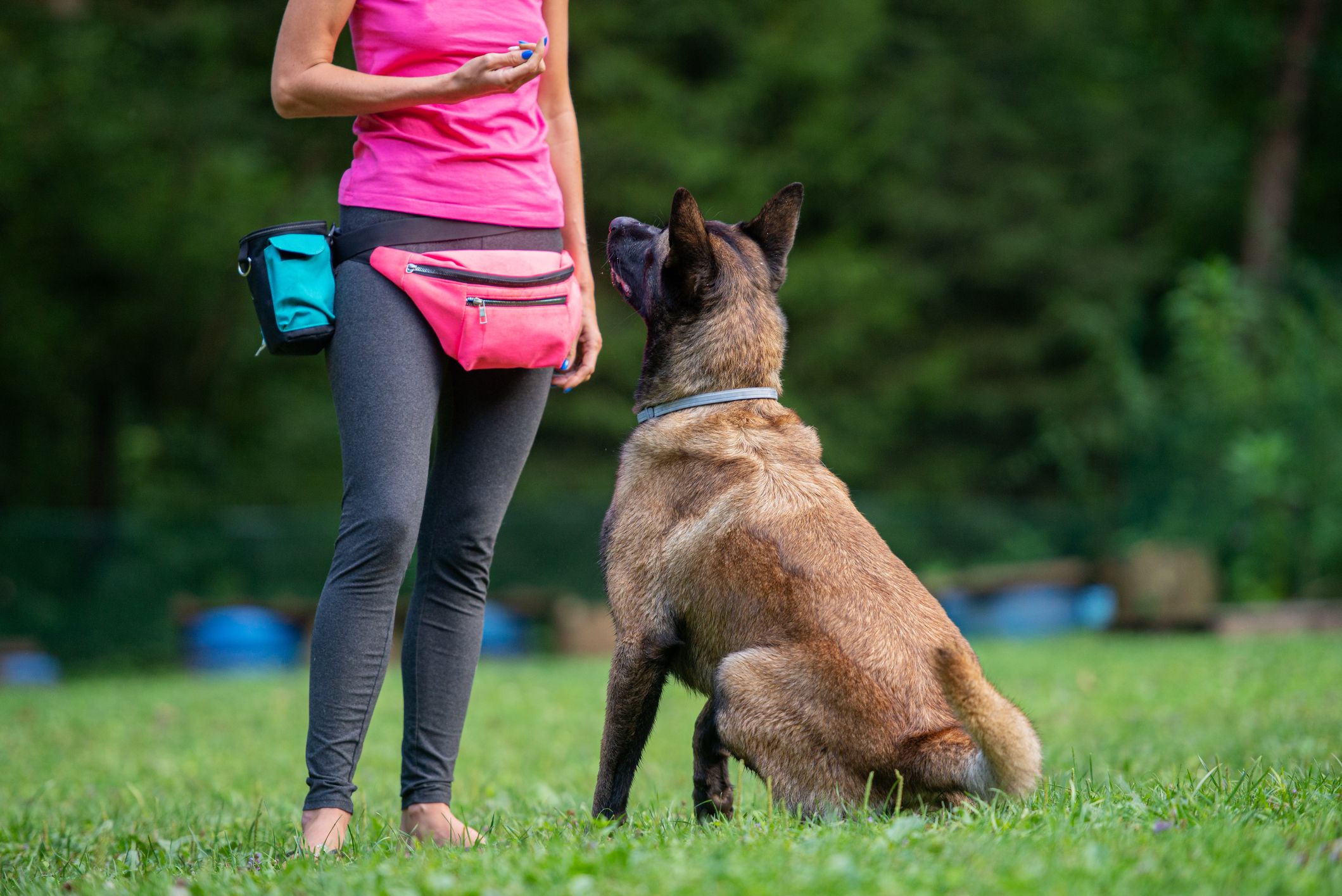Nearby dog training for local professional help.
Nearby dog training for local professional help.
Blog Article
Master Important Commands: Efficient Pet Training Made Easy
Effective canine training is an essential facet of accountable pet possession, and mastering crucial commands serves as the structure for a harmonious relationship between trainer and canine. Understanding the subtleties of canine actions and the training procedure is crucial; however, the trip to a trained pet dog typically presents unforeseen difficulties that need focus.
Understanding Your Dog's Habits
To grasp the nuances of reliable canine training, it is crucial to break down and analyze your dog's behavior. Dog training. Comprehending the inspirations behind your dog's activities is critical; behaviors can stem from impulse, anxiety, exhilaration, or a need for interest. By observing your dog in various circumstances, you can recognize patterns that may show underlying emotions or needs
For instance, a pet dog that barks exceedingly may be sharing boredom, anxiety, or a requirement for social communication. Alternatively, a dog that exhibits harmful behaviors might be seeking stimulation or relief from anxiety. Identifying these triggers allows you to tailor your training method successfully.
In addition, it is essential to take into consideration the dog's type characteristics, as they can influence behavior substantially. Some types are inclined to details traits, such as herding or safeguarding impulses, which can impact their reactions to certain stimuli.
Lastly, consistency in your reactions to your canine's behavior fosters a better understanding in between you and your pet dog. This common comprehension is foundational for building trust and facilitating an effective training procedure that supports both behavior modification and positive reinforcement.
Important Commands to Teach
Teaching crucial commands is a basic facet of efficient canine training, providing the structure for a well-behaved and responsive pet. These commands not only enhance interaction between the proprietor and the pet dog but also ensure safety and security in different environments.
One of the most vital commands include "Sit," which urges your pet to stay stationary and tranquil; "Stay," which enhances the idea of continuing to be in one location until released; and "Come," which is essential for remembering your dog from potentially harmful circumstances. "Down" instructs dogs to rest, advertising relaxation and control, while "Leave it" aids avoid pets from getting hazardous or unwanted things.
" Heel" is one more vital command that encourages your pet to walk carefully beside you, enhancing chain manners. Last but not least, "No" works as an essential boundary-setting command, assisting to correct unfavorable actions.
Training Methods for Success
Reliable dog training depends greatly on using a variety of methods that deal with both the canine's discovering design and the owner's training goals. One crucial approach is positive support, which entails rewarding preferred habits with deals with, praise, or play. This method encourages the canine to duplicate those actions, cultivating Discover More a solid bond in between proprietor and pet dog.

An additional efficient technique is remote control training, where a distinctive audio, made by a remote control, marks the exact minute a pet executes a wanted action. This specific timing assists canines associate the actions with the reward, improving their understanding.
Consistency is important in all training approaches. Establishing clear commands and keeping the very same cues helps the pet dog grasp assumptions a lot more quickly. Additionally, brief, interesting training sessions avoid boredom and rise retention.
Integrating socialization opportunities is also vital. Subjecting canines to numerous atmospheres, people, and various other animals aids them develop self-confidence and versatility.
Last but not least, perseverance plays a considerable role in successful training - Dog training. Each dog finds out at their own rate, and comprehending this can result in an extra satisfying training experience for both the proprietor and the canine. Applying these methods will set the foundation for efficient pet training
Usual Challenges and Solutions
Despite the most effective training methods, pet dog proprietors typically experience common obstacles that can impede progression. One widespread issue is variance in commands and cues. When member of the family make use of various commands for the very same habits, it puzzles the pet dog, leading to inconsistent reactions. The service depends on developing a unified method among all family participants, ensuring that everybody utilizes the very same terminology and signals.

Furthermore, some pets might exhibit stubbornness or absence motivation. This official website can usually be resolved by incorporating favorable support techniques, such as deals with or appreciation, to motivate preferred behaviors. Customizing benefits to what your pet dog finds most encouraging can substantially boost their interaction.
Finally, worry or anxiousness can impede development in training. Recognizing indications of tension and adjusting the training rate appropriately is critical. Using steady direct exposure to been afraid stimuli can help develop confidence gradually, helping with a much more effective training experience.
Keeping Uniformity and Persistence
Uniformity and patience are critical in canine training, as they develop the foundation for accomplishing enduring behavioral changes. Pet dogs flourish on routine and clear expectations; hence, preserving a regular strategy in commands, rewards, and corrections is crucial.
Canines, a lot like humans, have differing learning speeds and find more info might not grasp commands promptly. Positive reinforcement plays a crucial function below, rewarding preferred actions and helping to cultivate a trusting connection in between the dog and fitness instructor.
Verdict
Understanding important commands is essential to efficient canine training, promoting enhanced communication and strengthening positive behaviors (Dog training). Ultimately, a well-trained canine not only exhibits good actions yet likewise establishes confidence, contributing to a harmonious relationship in between the pet and its owner.
Report this page